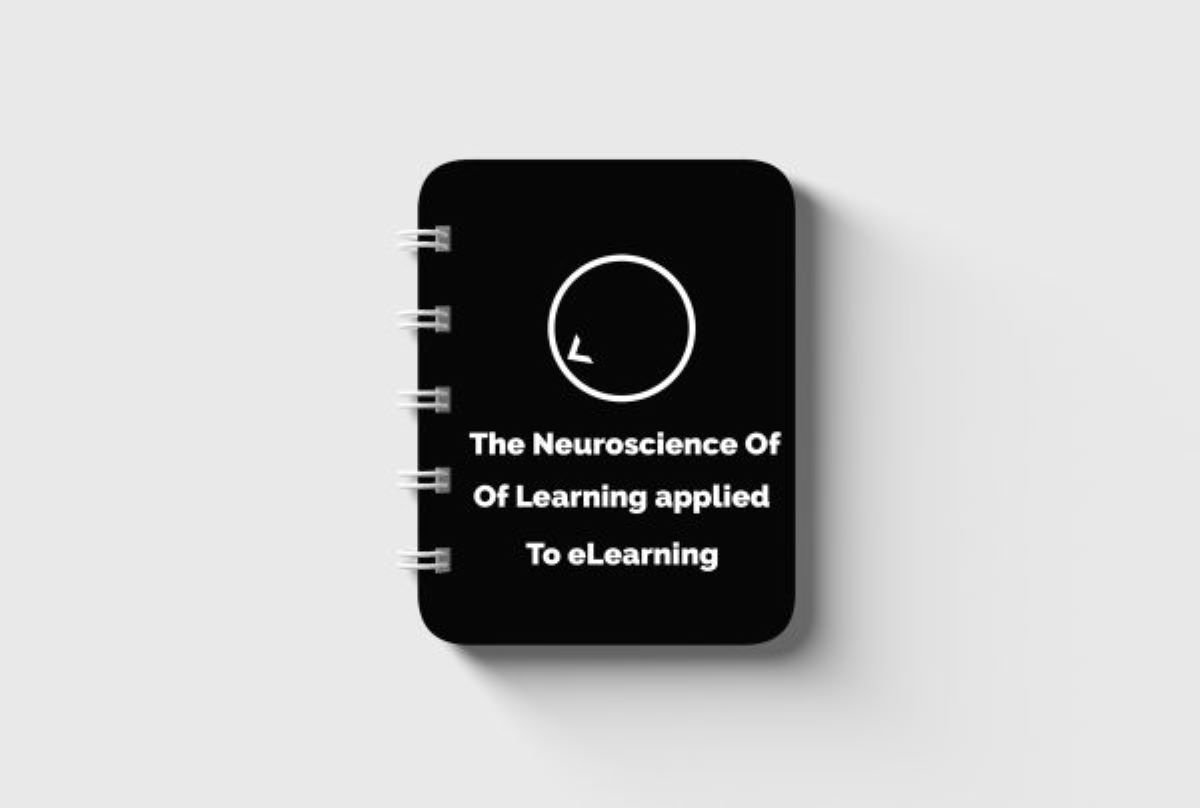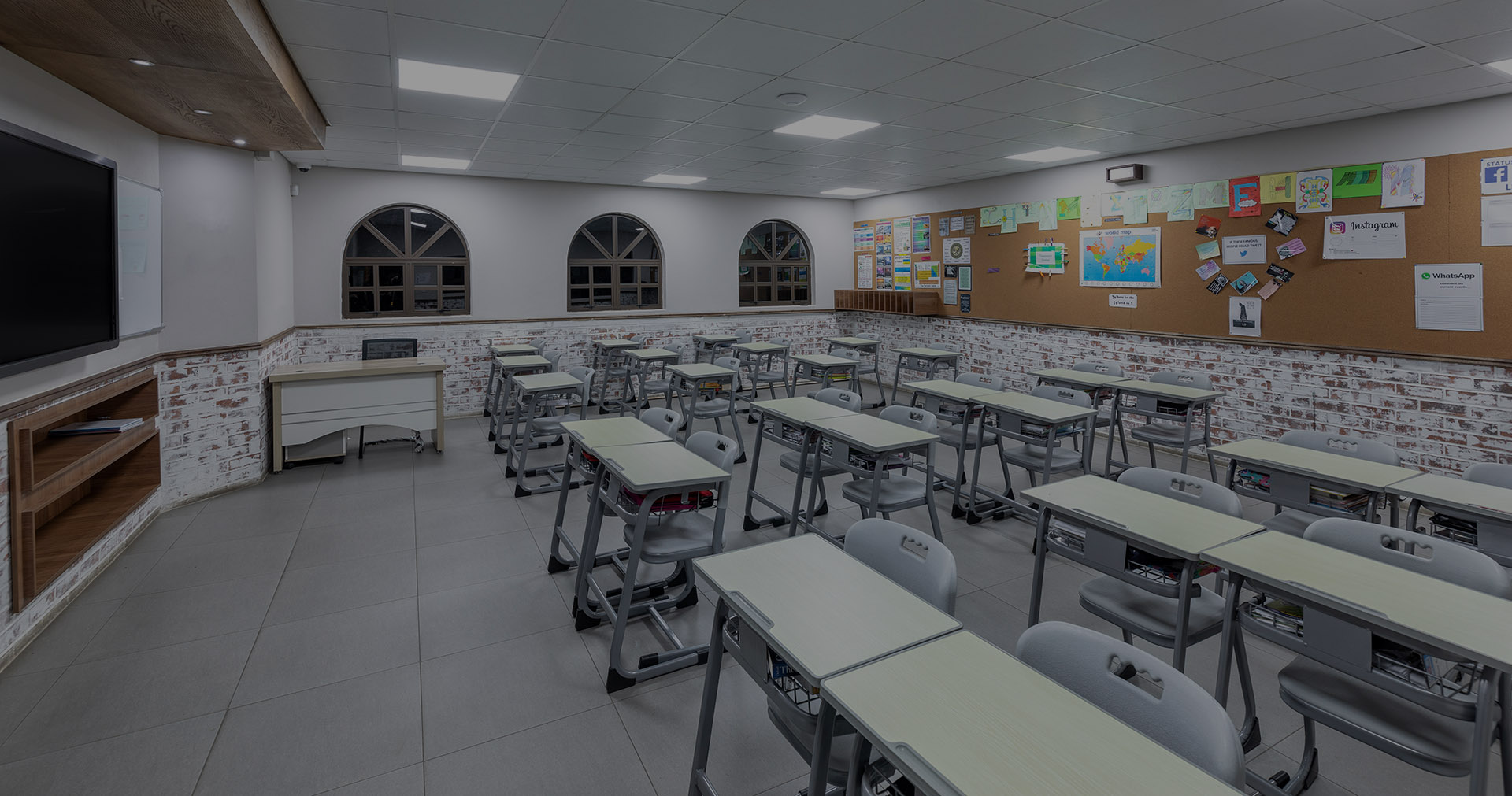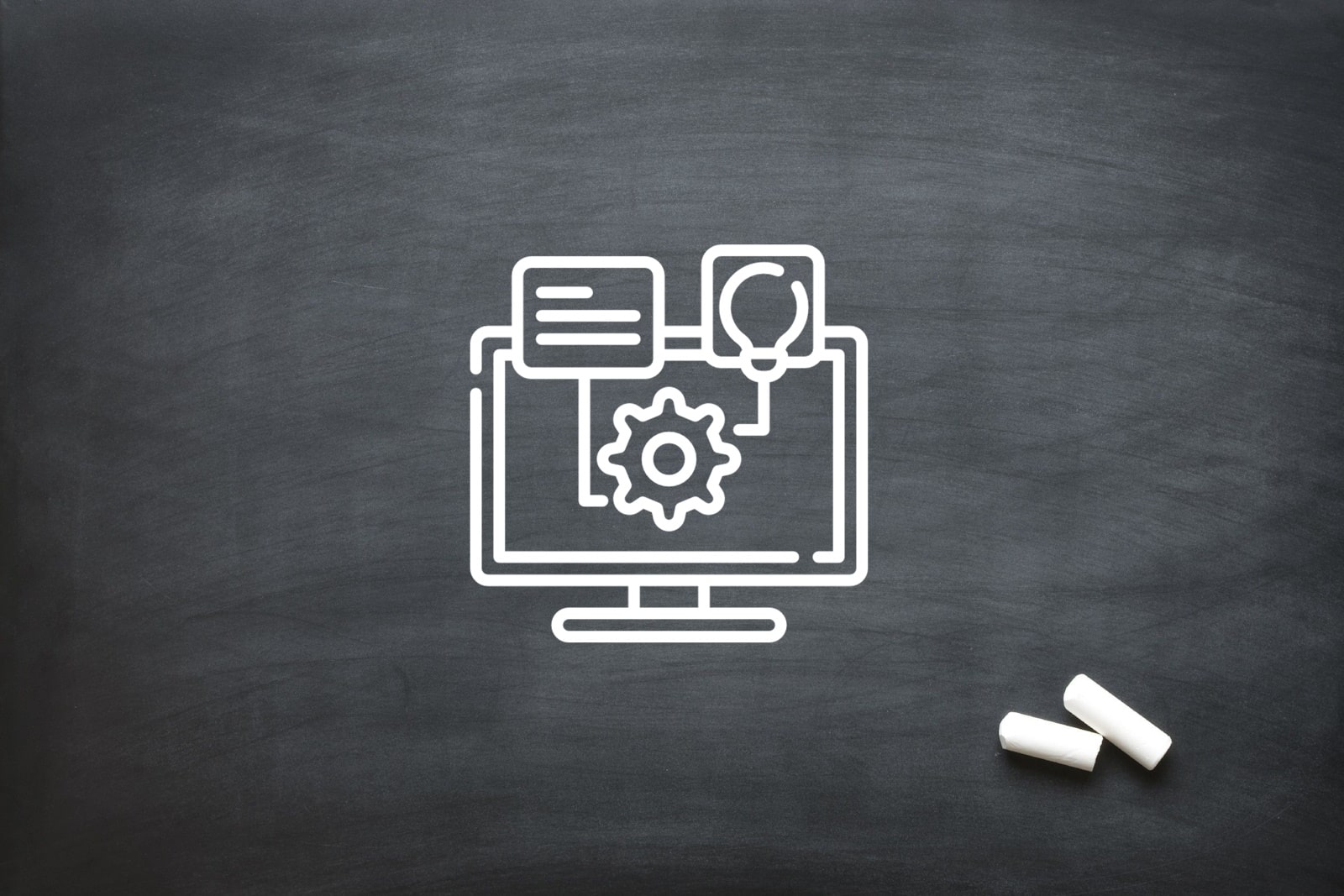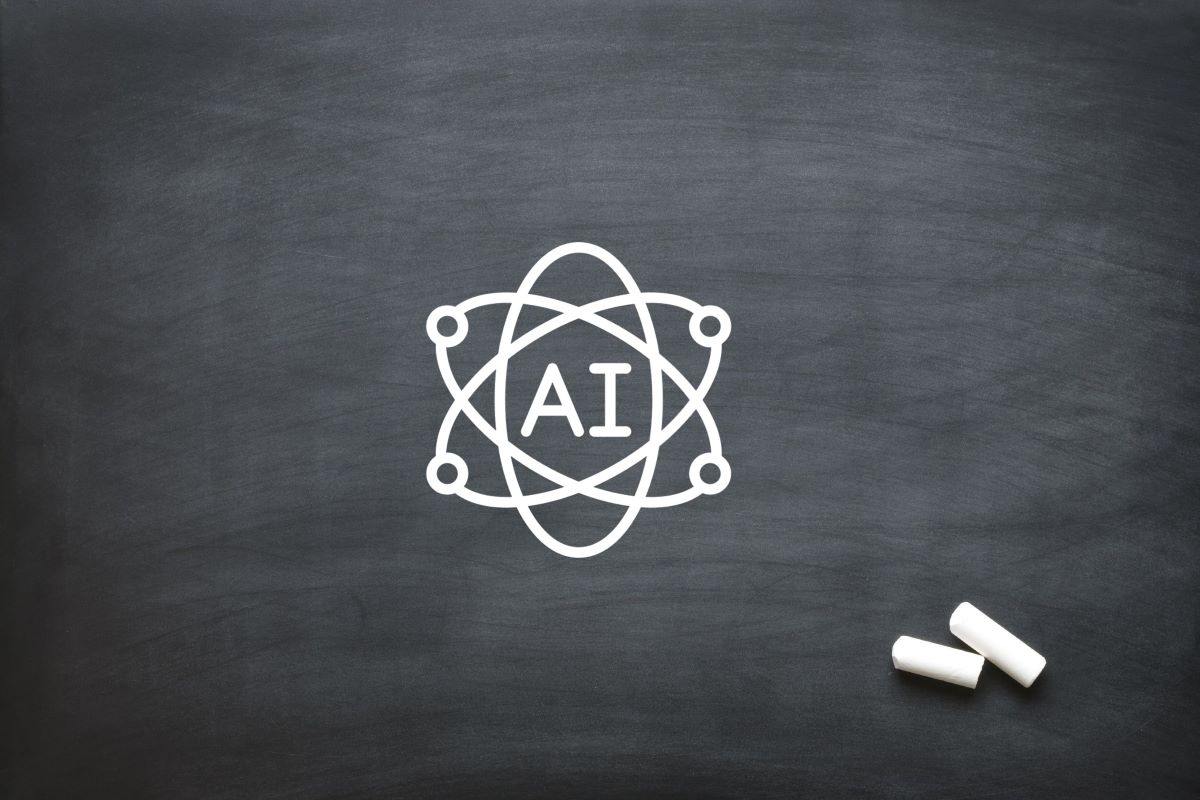
The Neuroscience of Learning Applied to eLearning
Understanding the process your brain goes through when learning is essential to optimizing your eLearning strategy. In the context of eLearning, there are two major elements, motivation and applying learning principles to enhance the student’s experience. There are many important brain functions to consider when developing eLearning, which have a direct impact on the retention of learning.
eLearning Tips
Keep the eLearning Short
Provided a student is engaged, your typical lesson length should aim for 20 minutes or less. When engaged in new learning material, your Prefrontal Cortex takes on the role of problem solving, memory and reasoning. This coincidentally also requires the most energy, which tires the student quicker.
Sleep on it
An essential part of effective learning is proper sleep. The reason for this is that while you sleep your brain unpacks and compartmentalizes what you have absorbed through the day by means of your Hippocampus. Your Hippocampus is part of the Limbic System and is partly responsible for the consolidation of information from short to long term memory. To make the most of this concept, stagger your training publishing schedule over longer periods. Also, allow students a night’s rest before any major assessments or exams.
Practice makes Perfect
A brain synapse is a structure that permits a neuron to pass a signal on to another neuron. The more you recall a concept or practice a task, the stronger the synapse becomes. This directly results in increased topic proficiency and increased productivity. Another important point to highlight here is that without recollection the synapse will weaken over time, so make sure you provide follow up training for all levels of staff to keep them at their most productive.
Mix up the eLearning
When creating your eLearning, present your material in different mediums to keep the user’s attention and maximize their retention of the lesson. Learning works best when you are stimulated. A strong eLearning lesson presents a mix of text, video, audio, visual and even emotional elements. Creating a strong case study or story to complement your training is a powerful tool, as it appeals to our emotions which are driven by the Limbic System.
Conclusion
A wise man once told me: “People will always remember the way you made them feel.”
Now that you understand a little more about how your brain functions while you learn, the next step is to find what motivates you. Once these wheels are in place ‘the world is your oyster. It’s simply a matter of keeping it short, engaging, consistent and staggered.
Get in contact with one of our team members today to maximize your eLearning strategy.
We are a leading video production company in Johannesburg and have one of the top learner management systems in South Africa. We specialise in Video Production, Photography, Graphic Design, eLearning Development, Web Design, Animation and Creative Consultation. | info@oliverkarstel.co.za | www.oliverkarstel.co.za | IG.com/oliverkarstel








Robert Dalas
17/05/2022 7:16 AMI found this article to be very insightful and helpful, Thank you!